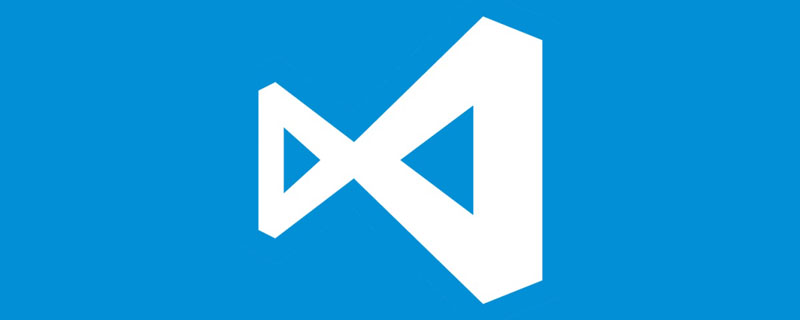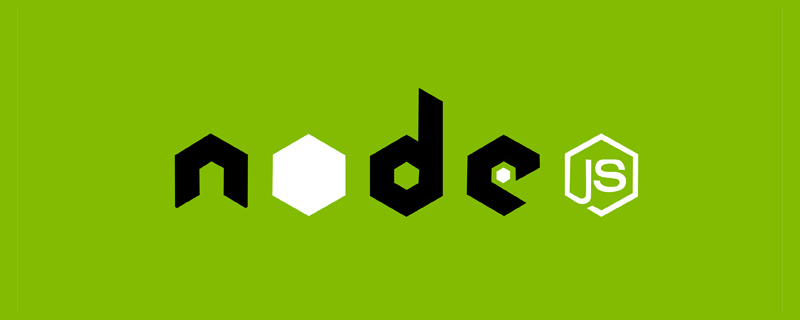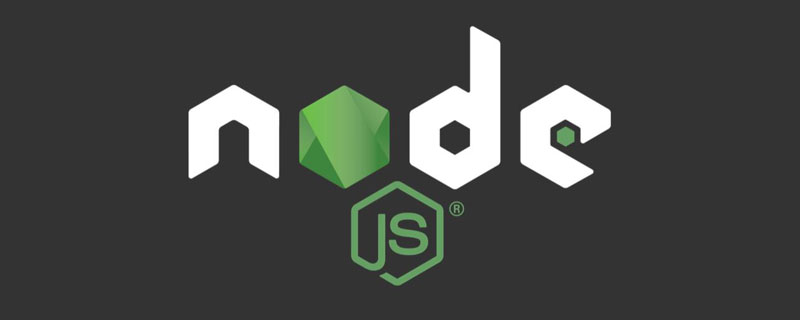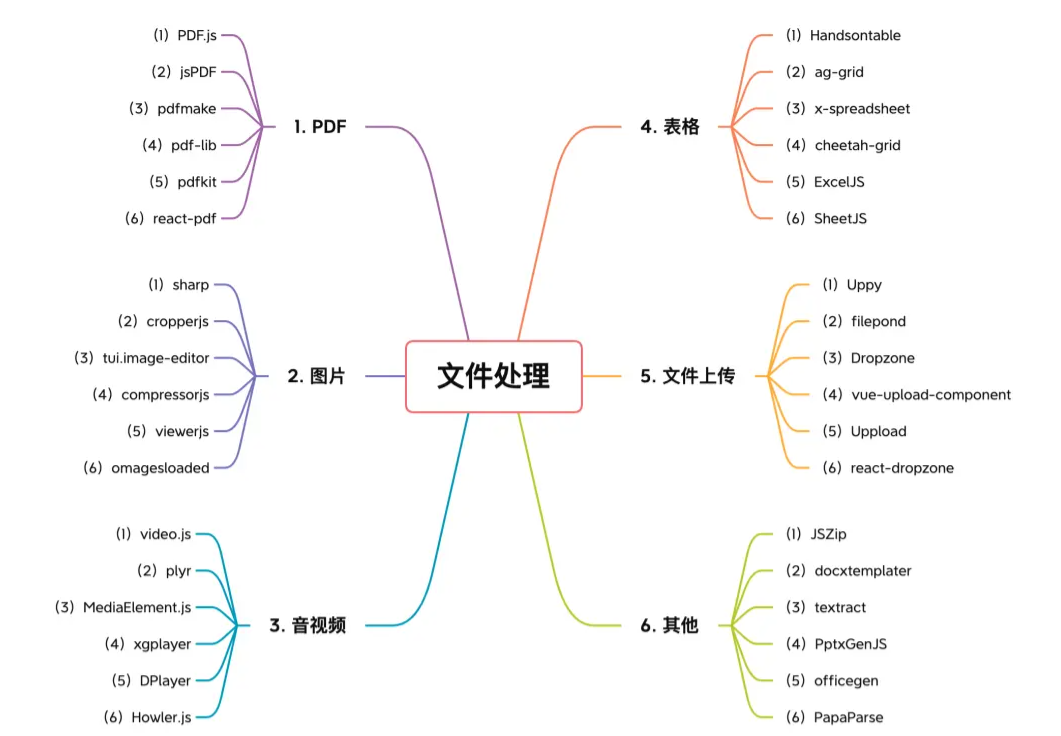The front-end is the front-end part of the website, which is a web page that runs on PC, mobile and other browsers and is displayed to users. Front-end technology is generally divided into front-end design and front-end development. Front-end design can generally be understood as the visual design of the website, and front-end development is the front-end code implementation of the website.

The front-end is the front-end part of the website, which runs on PC, mobile and other browsers to display web pages to users. With the development of Internet technology, the application of HTML5, CSS3, and front-end frameworks, cross-platform responsive web design can adapt to various screen resolutions, and perfect dynamic design can bring users a very high user experience.
Front-end technology is generally divided into front-end design and front-end development. Front-end design can generally be understood as the visual design of the website, and front-end development is the front-end code implementation of the website, including basic HTML, CSS and JavaScript/ ajax, the latest advanced versions of HTML5, CSS3, and SVG, etc.
HTML, CSS, JavaScript
These three are the three most basic and necessary skills in front-end development. In front-end development, when laying out the page, HTML defines the elements, CSS positions the displayed elements, and JavaScript is used to achieve corresponding effects and interactions. Although it looks simple on the surface, there are definitely many things that need to be mastered. Before developing, you need to clarify and understand these concepts, so that you will be comfortable during the development process.
HTML
refers to Hyper Text Markup Language (Hyper Text Markup Language). This is also the most commonly used common language on our web pages. It has gone through multiple versions. Development has reached version 5.0. Thanks to the standards and specifications established by W3C, it has been generally upgraded to XHTML. XHTML refers to Extensible HyperText Markup Language. XHTML became W3C on January 26, 2000. Standard is a stricter and purer HTML code, and the goal of XHTML is to replace HTML.
XHTML is almost identical to HTML 4.01. XHTML is HTML redefined as an XML application and is a W3C standard. The W3C defines XHTML as the latest version of HTML. All new browsers support XHTML.
CSS
Cascading Style Sheet (Cascading Style Sheet) is referred to as "CSS", usually also called "Style Sheet (Style Sheet)", which is used For web page style design. For example, if you want the link word to be blue when it is not clicked, and then turn red and underlined when the mouse is moved over it, this is a style. By setting up a style sheet, you can uniformly control the display attributes of each mark in HTML. Cascading style sheets allow people to more effectively control the appearance of web pages. Using cascading style sheets, you can expand your ability to precisely specify the position and appearance of web page elements and create special effects.
JavaScript
is a prototype-inherited object-oriented dynamic type case-sensitive client scripting language developed from Netscape's LiveScript. The purpose is to solve the speed problems left by server-side languages, such as Perl, and provide customers with a smoother browsing effect. At that time, the server needed to verify the data. Since the network speed was very slow, only 28.8kbps, the verification step wasted too much time. So Netscape's browser Navigator added Javascript to provide basic functions of data verification.
Recommended tutorial: "pr tutorial"
The above is the detailed content of What is front-end?. For more information, please follow other related articles on the PHP Chinese website!
 5个常见的JavaScript内存错误Aug 25, 2022 am 10:27 AM
5个常见的JavaScript内存错误Aug 25, 2022 am 10:27 AMJavaScript 不提供任何内存管理操作。相反,内存由 JavaScript VM 通过内存回收过程管理,该过程称为垃圾收集。
 实战:vscode中开发一个支持vue文件跳转到定义的插件Nov 16, 2022 pm 08:43 PM
实战:vscode中开发一个支持vue文件跳转到定义的插件Nov 16, 2022 pm 08:43 PMvscode自身是支持vue文件组件跳转到定义的,但是支持的力度是非常弱的。我们在vue-cli的配置的下,可以写很多灵活的用法,这样可以提升我们的生产效率。但是正是这些灵活的写法,导致了vscode自身提供的功能无法支持跳转到文件定义。为了兼容这些灵活的写法,提高工作效率,所以写了一个vscode支持vue文件跳转到定义的插件。
 Node.js 19正式发布,聊聊它的 6 大特性!Nov 16, 2022 pm 08:34 PM
Node.js 19正式发布,聊聊它的 6 大特性!Nov 16, 2022 pm 08:34 PMNode 19已正式发布,下面本篇文章就来带大家详解了解一下Node.js 19的 6 大特性,希望对大家有所帮助!
 聊聊如何选择一个最好的Node.js Docker镜像?Dec 13, 2022 pm 08:00 PM
聊聊如何选择一个最好的Node.js Docker镜像?Dec 13, 2022 pm 08:00 PM选择一个Node的Docker镜像看起来像是一件小事,但是镜像的大小和潜在漏洞可能会对你的CI/CD流程和安全造成重大的影响。那我们如何选择一个最好Node.js Docker镜像呢?
 【6大类】实用的前端处理文件的工具库,快来收藏吧!Jul 15, 2022 pm 02:58 PM
【6大类】实用的前端处理文件的工具库,快来收藏吧!Jul 15, 2022 pm 02:58 PM本篇文章给大家整理和分享几个前端文件处理相关的实用工具库,共分成6大类一一介绍给大家,希望对大家有所帮助。


Hot AI Tools

Undresser.AI Undress
AI-powered app for creating realistic nude photos

AI Clothes Remover
Online AI tool for removing clothes from photos.

Undress AI Tool
Undress images for free

Clothoff.io
AI clothes remover

AI Hentai Generator
Generate AI Hentai for free.

Hot Article

Hot Tools

DVWA
Damn Vulnerable Web App (DVWA) is a PHP/MySQL web application that is very vulnerable. Its main goals are to be an aid for security professionals to test their skills and tools in a legal environment, to help web developers better understand the process of securing web applications, and to help teachers/students teach/learn in a classroom environment Web application security. The goal of DVWA is to practice some of the most common web vulnerabilities through a simple and straightforward interface, with varying degrees of difficulty. Please note that this software

SublimeText3 Mac version
God-level code editing software (SublimeText3)

PhpStorm Mac version
The latest (2018.2.1) professional PHP integrated development tool

Safe Exam Browser
Safe Exam Browser is a secure browser environment for taking online exams securely. This software turns any computer into a secure workstation. It controls access to any utility and prevents students from using unauthorized resources.

Zend Studio 13.0.1
Powerful PHP integrated development environment









